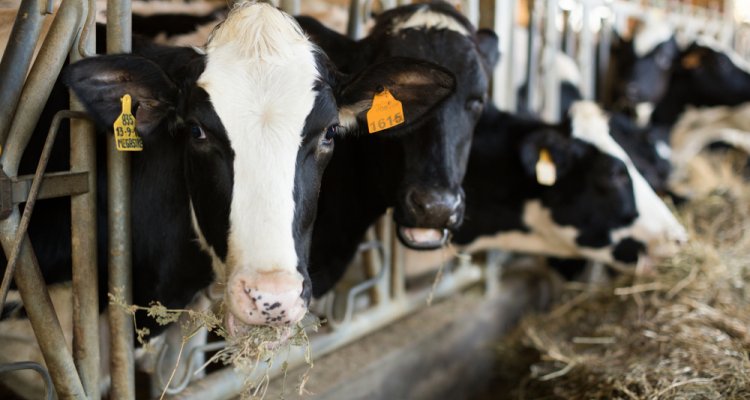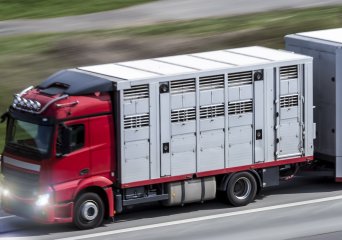
Epidemiology
Within Wageningen Bioveterinary Research (WBVR) the spread, control and prevention of infectious animal diseases are areas of interest studied by the Department of Epidemiology and Risk Assessment. When an outbreak appears, discussions on control are fed by this epidemiological knowledge and modelling.
Decision-making tool
Decision making is based upon these models. The question about how to control and manage the animal disease outbreak in the most economic and effective way is answered using these models. Thus our knowledge supports control strategies and decision making.
Continue to:

Risk assessment
An important task of Wageningen Bioveterinary Research (WBVR) is the conduction of risk analyses to assess the probability of infection via various exposure routes. The results of these analyses contribute to the development of efficient and effective policies to prevent infection of animals and people.

Surveillance and control
Outbreaks of notifiable infectious animal diseases, such as foot-and-mouth disease, classical swine fever and avian influenza, have major societal and economic consequences. Fortunately, such animal diseases occur infrequently in the Netherlands. Wageningen Bioveterinary Research (WBVR) contributes to this status by designing risk-based surveillance systems.

Mathematical modelling
Within Wageningen Bioveterinary Research (WBVR), mathematical models are often used to model animal disease outbreaks. The introduction of a notifiable animal disease requires a swift response to control the epidemic. At the start of an epidemic, the data available is often sparse and incomplete, which creates uncertainty about the nature, severity and scale of the problem. Nevertheless, decisions about the implementation of disease control strategies still have to be made.
Transmission of diseases
An epidemic is a complex system which needs to be filled by parameters, as different diseases tend to spread differently. The disease causing agents can be passively transported by air, or actively by insects. Others disease are more commonly spread by road transport either directly through animal transport or indirectly, whereby humans serve as a carrier. Certain diseases have short incubations times, whereas other have much longer ones. The wind strength and direction, air temperature and humidity are all parameters that might influence the spread of a disease to a certain area. Obviously it is vitally important to understand how an infection can spread and how fast this infection can form a new nucleus from which it can spread further.
Mathematical modelling
We are specialised in mapping many different parameters that influence disease transmission. Several outbreaks, like foot-and-mouth disease (FMD) and classical swine fever (CSF) have affected the Netherlands in the past, whereas avian influenza (AI) outbreaks are more common nowadays. Insight into these epidemics adds to the knowledge we already have, allowing more precise mathematical modelling of outbreak parameters.
- Unfortunately, your cookie settings do not allow videos to be displayed. - check your settings